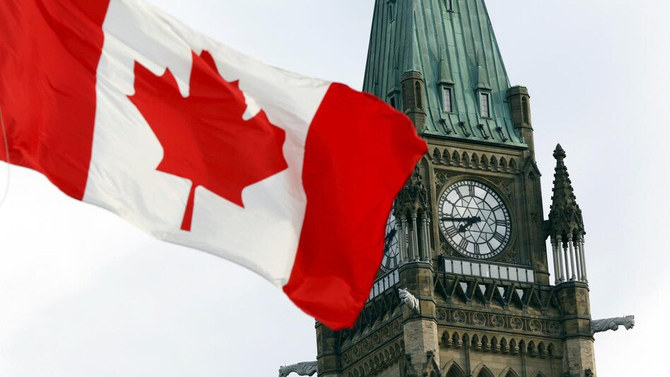Tala Jarjour
The bodies of eight people who died while trying to cross from Canada into the US were recovered near the border area last week, while the bodies of four other victims were found elsewhere in January. According to the BBC, 367 people were stopped from making illegal crossings by the US Border Patrol in January alone, the largest number apprehended in the past 12 years. These events are prompting questions and, in some cases, multinational investigations.
Canada has a reputation for being more welcoming to immigrants than its southern neighbor, and a record 40,000 people are believed to have entered the country last year from the US through unofficial routes. In response, Canada has announced a new program to accept 15,000 immigrants from Latin American countries.
Canadian government statistics show that the country’s population has increased by a million, primarily as a result of its efforts to address labor shortages by accepting large numbers of immigrants. Almost 96 percent of this increase comes from international immigration, which Canada also hopes will help address the problem of its aging population. An increased immigrant intake has been part of Canadian Prime Minister Justin Trudeau’s policy since his election. In recent years, Canada has been particularly open to immigration from crisis-stricken countries, such as Afghanistan, where the humanitarian situation has been deteriorating. More recently, an increase in immigration from Syria has been announced following the devastating earthquake in early February. Syria has long benefited from Canada’s immigration policy. As well as individual asylum applications that were processed in temporary refugee stations during the Syrian conflict, Canada opened direct immigration routes to Syrians. At one point, the host country flew over twice the number it had initially invited after opening a waiting list to bring people out of the war zone.
While critics say that some parts of Canada face a shortage of housing and other resources that might complicate accepting new immigrants, Canada as a whole can absorb large numbers. The recent increase has brought its population to almost 40 million, which occupies one of the largest national territories on the planet, but is almost half the population of the UK, a much smaller country. The current 2.7 percent population growth rate is the country’s highest since 1957 and the fastest among the G7. Canada also has the highest ratio of immigrants in the population, or one in four. Compare this to the US and UK, where about 14 percent of the population arrived as immigrants. But its ambition goes further.
In one year, Canada has already achieved two-thirds of the three-year target it set itself in 2022: To bring in 1.5 million immigrants by 2025. While a controversial plan by some measures, this policy is a continuation of Canada’s immigration ethos, which combines humanitarian considerations with attracting skill and young talent. Consistent with the government’s projected growth, especially in relation to challenges in the labor market, immigration currently accounts for almost all of Canada’s labor force growth. What is more, immigration is likely to be the main source of population growth by 2032. For aspiring immigrants from Middle Eastern countries, such as Syria and Lebanon, Canada has operated a points-based immigration system for decades, attracting young, ambitious and bright individuals, along with their families. Canada was already home to significant communities from both countries when conflict erupted in Syria. During the war years, and through targeted humanitarian schemes, hundreds more were resettled across many provinces. Rescue schemes brought over extended families from particularly difficult areas, fast-tracking their integration and document processing. Students were quickly enrolled in schools, and individual efforts were soon rewarded by university acceptances, degrees and employment opportunities. Many lives were dramatically changed in the course of five years.
A large number of these new citizens and permanent residents are now economically productive. This is important not only because it fulfills the country’s goals in meeting its labor challenges. With the deteriorating economy in Lebanon and the scarcity of resources in Syria, immigrant remittances are proving vital lifelines to a significant part of the populations in both countries. According to the International Organization for Migration, remittances to Lebanon in 2021 totaled $6.6 billion. Now, with a decline in aid pledges by several countries, Syrian and Lebanese immigrants are effectively taking on part of the international burden of providing basic sustenance to these populations. In the current global economic climate, aiding – rather than blocking immigration – is the smarter policy for all involved. Whether they have attempted to walk in subzero temperatures or were abandoned by a smuggler on a boat, people who come knocking at a rich country’s doors are not a burden. In the long term, immigrants are an asset to the host country’s internal economy as well as its global obligations.







